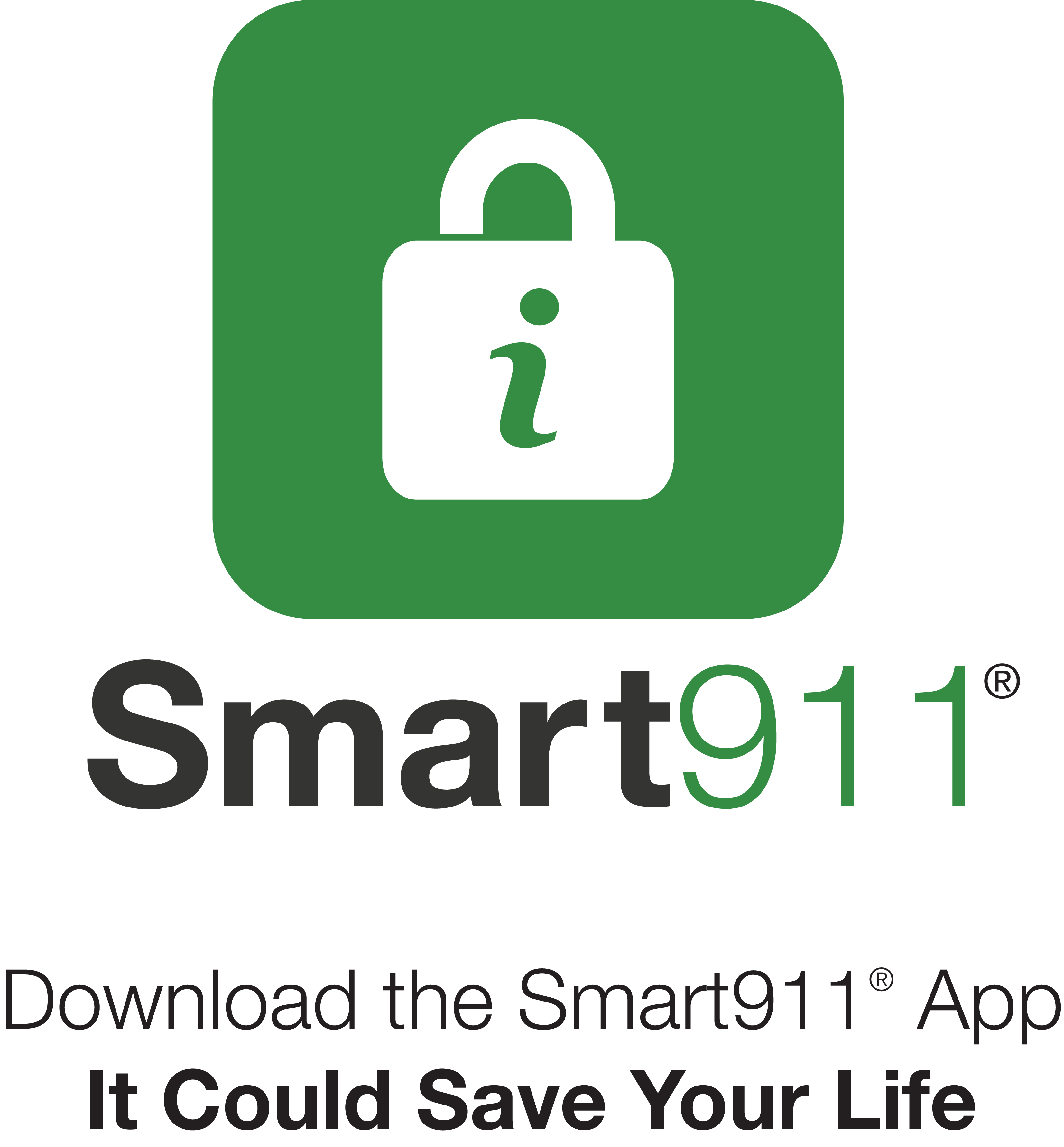MO CERT 1
Missouri’s Region D has formed the state’s first regional Community Emergency Response Team (CERT). Called MOCERT1 within the state, this new concept incorporates individual CERT teams from across the region into one deployable unit. Combining personnel, equipment and assets into one integrated team provides greater strength and flexibility than any single local CERT could provide.
When a small-scale emergency response is needed, a local CERT can assemble the required personnel and equipment and deploy. But in a large-scale disaster, member CERT elements can now can be assembled as needed to form a regional team with a wider range of skill sets, equipment and support resources.
The regional CERT concept originated in Christian County, where Phil Amtower is county EMD and CERT coordinator, and Linda Barger serves as assistant EMD and MOCERT1 logistics coordinator. The team developed its own standard operating procedures for how MOCERT1 assembles, deploys and operates on scene, as well as command positions and job descriptions. Next steps include developing a way to effectively integrate with the region’s incident support team (IST) and acquiring additional equipment. Working with the Region D IST will provide integrated disaster response planning, logistical and operational coordination.
MOCERT1 is capable of conducting a variety of response and recovery functions. Immediately after a disaster, the team can perform damage assessments on homes and conduct wellness checks. The team can also perform some minor search and rescue operations. MOCERT1 can also set up and manage shelters, assist with setting up a volunteer reception center, conduct needs assessments, assist with traffic control and provide communications support with trained HAM radio operators and their equipment.
MO CERT 1 Wilderness Search and Rescue Task Force |
|||||||
| Task Force Configuration: Wilderness Search and Rescue | Status |
||||||
| Type 3 (10 person task force/24hr. Operational Capability) | |||||||
| Type 4 (5 person task force/24hr. Operational Capacity) | |||||||
Fully Mission Capable |
Partially Mission Capable |
Not Mission Capable |
|||||
Type 3 Minimum Capabilites (FEMA) |
|||||||
| Basic navigation training using a map and compass. Technical proficiency in personal survival in local wilderness terrain. Awareness of mantracking and maintaining site integrity. Basic understanding of the ICS. Proficiency in hasty search techniques. Proficient at conducting and directing search lines | |||||||
| VHF Radios for team communications, Cell phones. VHF communications capability with other teams. Capable of searching high-probability local wilderness terrain for short durations (24 hours). Trained rescue personnel with experience in non-technical backcountry evacuation/carryouts | |||||||
| Incident staff capable of managing wilderness search operations (Type 2 Capability) | |||||||
| At least 2 team leaders and 6 team members to support at least 2 operational field units. Equipped to be selfsustaining for 24 hours in local wilderness environments | |||||||
| Equipment: Mobile Command post, 4 Garmin GPS units, Suburban Tactical Command Post, 22ft by 22ft inflatable tent with 5 ton HVAC and 15 kw generator. | |||||||
| CERT Support Trailer: portable canopies, medical equipment, misting fans, stokes basket, tarps, feeding supplies, triage supplies, ICS Vests, coolers, Tyvex suits, tables, chairs, marking flags, dust masks, scene lights, work gloves, marking spray paint, flash lights, chain saws, | |||||||
Type 4 Minimum Capabilites (FEMA) |
|||||||
| Same as Type 3 above with fewer personnel |
Mailing Address
100 W. Church Room 100Ozark, MO 65721
Physical Address
100 W. Elm St Room 60
Ozark, MO 65721
(Judicial Building on the south side of the square
